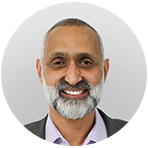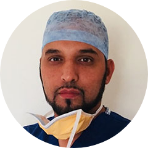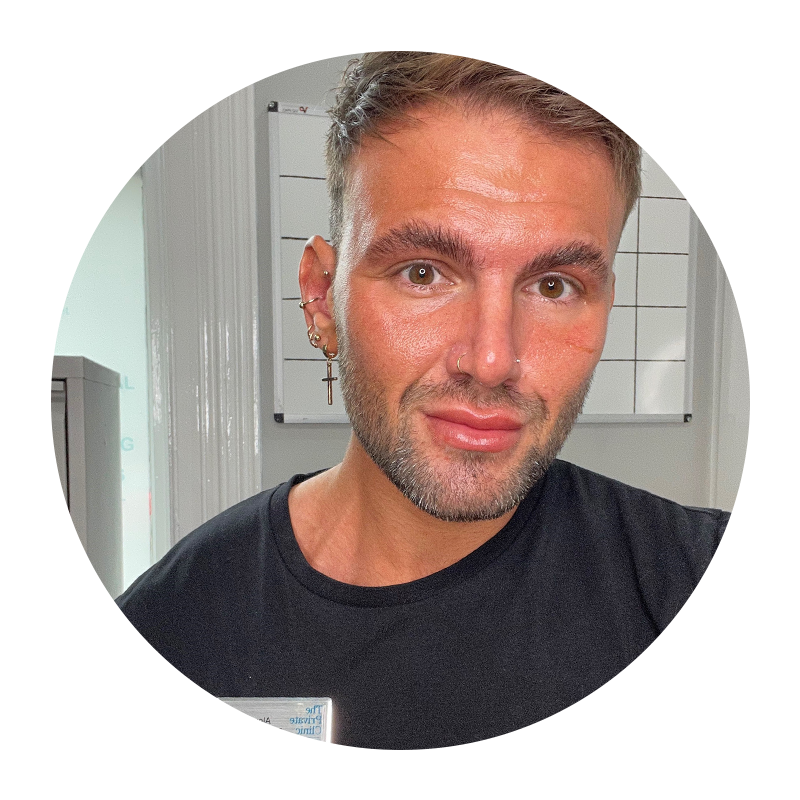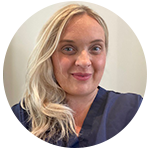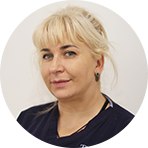
Unrivalled Care & Expertise
Trusted for over 40 years

We offer the most advanced and effective bespoke treatment packages to suit your needs.
40 years of expert care
1500+ 5 star reviews
Nationwide Clinics
Renowned medical experts

Unrivalled care & expertise
Putting patients first and delivering exceptional service. This is what has driven our success for 40 years.
The Private Clinic provides a range of minimally invasive, pioneering cosmetic and healthcare procedures.
Our experts are leaders in their field, committed to achieving the best results at our state of the art facilities.

UNRIVALLED CARE & EXPERTISE
Putting patients first and delivering an exceptional service. This is what has driven our success for over 40 years.
The Private Clinic provides a range of minimally invasive pioneering cosmetic and healthcare procedures.
Our experts are leaders in their field, committed to achieving the best results at our state of the art facilities.
Recognised as the best for our expertise in
Cosmetic & Reconstructive Procedures
Our expert medical team can help you achieve natural-looking results with our plastic surgery, liposuction and hair transplant procedures.

Cosmetic Surgery
Consultant plastic surgeons who are industry leaders in breast, body and facial cosmetic surgery

Liposuction
We’ve performed over 11,000 Liposuction treatments, more than any other clinic in the UK

FUE Hair Transplant
We offer the most advanced, minimally-invasive FUE Hair Transplant techniques available.

Breast Augmentation
All breast surgery options performed by Renowned Plastic surgeons
Self-Pay Private Healthcare Procedures
Our medical experts are leaders in their field and are here to help if the treatment you are seeking is unavailable on the NHS or involves lengthy waiting times.

Varicose & Thread Veins Removal
Gold standard, minimally invasive procedures performed by experts to remove thread and varicose veins.

Hernia Repair
Surgical Hernia Repair with no waiting lists. Consultations with experienced consultant hernia repair surgeons.

Minimally invasive Bunion removal
Daycase Bunion keyhole (minimally invasive) surgery with no metal fixtures and no screws.

Haemorrhoids
The revolutionary Rafaelo® procedure is a safe and reliable new treatment for haemorrhoid removal with lasting results.

Why our patients choose us
- 98% of patients would recommend us to their friends or family
- Trusted by 15,000 patients each year
- Leading doctors and surgeons who are experts in their respective fields
- Unrivalled aftercare & support
- Carefully chosen individual treatment packages
- Pioneering treatments
- State-of-the-art facilities
- Avoid lengthy waiting lists
- No-obligation consultations to ensure you find the correct surgeon and plan for you





















